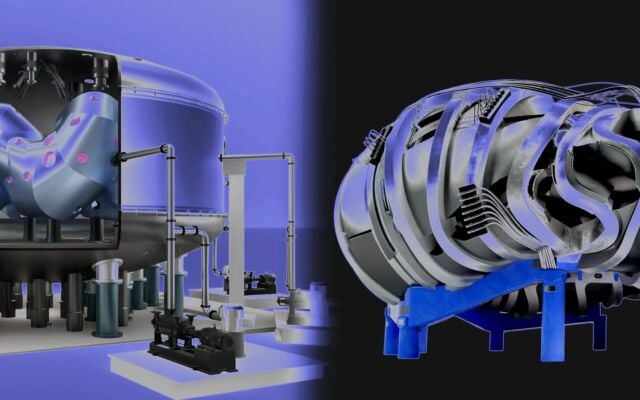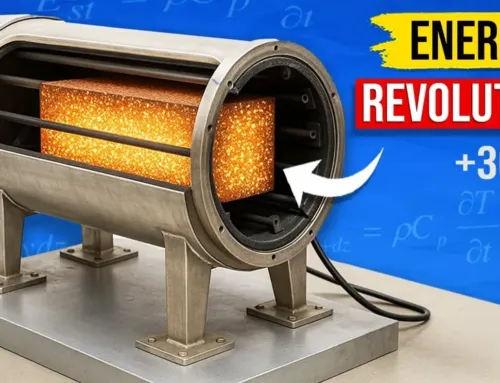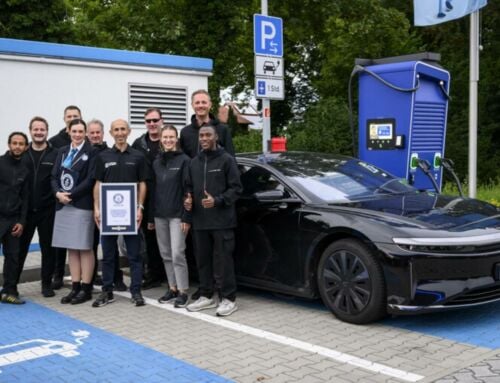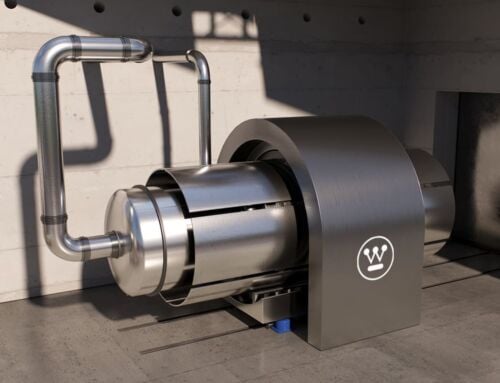 Stellarator designs from Type One Energy (left) and Proxima Fusion. Credit Proxima Fusion / Type One Energy
Stellarator designs from Type One Energy (left) and Proxima Fusion. Credit Proxima Fusion / Type One Energy
Two firms unveil plans for commercial Stellarator fusion reactors in the 2030s.
For decades, nuclear fusion—the process that powers the sun—has been the ultimate clean energy goal. If we can make it work on Earth, fusion could provide nearly unlimited, carbon-free electricity. But it’s a massive challenge: fusion needs temperatures hotter than the sun and a way to control plasma, a superhot gas of charged particles, long enough to get usable energy out.
Now, two companies—Germany’s Proxima Fusion and U.S.-based Type One Energy—have made important progress. They’ve published detailed blueprints of their rival stellarator designs in peer-reviewed journals. Type One released six technical papers in the Journal of Plasma Physics. Proxima outlined its complete power plant concept, Stellaris, in Fusion Engineering and Design. Both say their designs show that commercial fusion power from stellarators is within reach.
Technical Highlights:
A well-integrated stellarator design using QI-HTS technology, showing it’s possible to build a power plant.
First QI stellarator with reactor-ready coils and minimal fast particle losses.
Reactor-like simulations showing manageable wall temperatures and heat loads on the divertor.
Neutronics results confirm it’s possible to achieve tritium breeding, shielding, and structural durability together.
First high-field modular stellarator support structure ever designed.





Leave A Comment